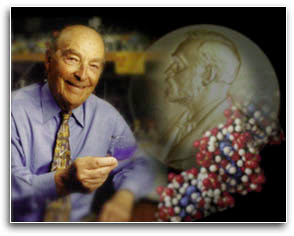Over the past several days Sandwalk has been spammed with hundreds of comments linking to sites like those listed below. Because I can't keep up with deleting them all, I've had to introduce word verification into the comments posting section of the blog. I'm really, really sad about this.
Why do people behave this way? What ever happened to common decency?
Is there anything I can do to get even?
//m1.aol.com/CoryDyer55/index27.html">difficult to find phentermine
//m1.aol.com/IvySalas33/67_261007.html">meridia diet drug
//m1.aol.com/IvySalas33/63_261007.html">meridia coupon
//members.ospa.us/portal_memberdata/portraits/tybcuxotn">california motel sale
//members.ospa.us/portal_memberdata/portraits/twdqihuec">credit cards with bad credit
//m1.aol.com/MacBoyd45/index11.html">viagra results
//m1.aol.com/CoryDyer55/index22.html">phentermine hcl online dr
//m1.aol.com/IvySalas33/29_261007.html">death from meridia
//m1.aol.com/CoryDyer55/index30.html">easy phentermine buy phentermine no prescription
//members.ospa.us/portal_memberdata/portraits/tacdosuvu">coral beach motel ormond
//m1.aol.com/MacBoyd45/index18.html">difference in viagra dosage
//m1.aol.com/IvySalas33/55_261007.html">meridia and prozac
//m1.aol.com/IvySalas33/104_261007.html">meridia vs phentermine
//members.ospa.us/portal_memberdata/portraits/topkngvrs">cheapest in motel saltlake ut
 Eva, one of our own graduate students, asks this question on her blog easternblot [Quality of Life]. It's a multiple choice question. How hard can it be?
Eva, one of our own graduate students, asks this question on her blog easternblot [Quality of Life]. It's a multiple choice question. How hard can it be?













